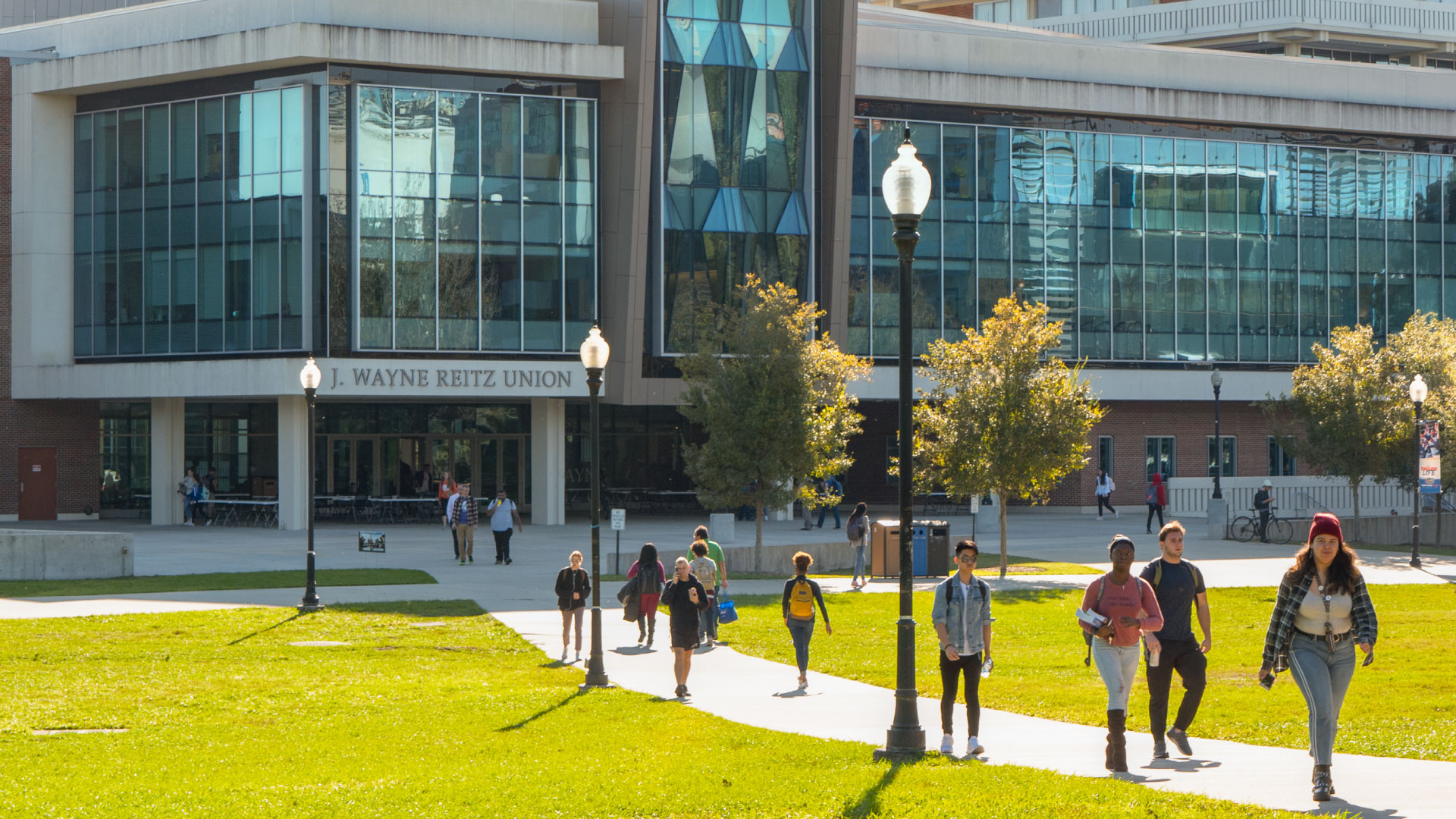The Transformative Impact of Academic Excellence Initiatives
By: Jamil Salmi
Emeritus Professor, University Diego Portales, and Research Fellow, Boston College Center for International Higher Education
Academic Excellence Initiatives, government-sponsored programs to build world-class research-oriented universities, have become common in recent decades. These AEIs have had a significant impact on some of the countries in which they have been implemented. This article discusses the broad configurations of AEIs and accesses their success and the main problems encountered.
The emergence of global university rankings has induced many university leaders to join the global prestige race and pressured governments to launch national programs called Academic Excellence Initiatives (AEIs). They stand out from regular investment programs to build research capacity. First, they are a relatively recent phenomenon. Except for China, which started on that path in the early 1990s, all the other AEIs were launched in the past fifteen years. Second, AEIs have targeted universities rather than research institutes. Third, one of the basic characteristics of AEIs is their competitive nature, resulting in winners and losers when it comes to accessing the additional funding available.
Rationale for Launching Academic Excellence Initiatives
The AEIs that started before the emergence of global league tables, namely in China in 1995 and in South Korea in 1999, had more of an endogenous character, reflecting a long-term national strategic concern about economic development. By contrast, the second wave of AEIs was induced by external considerations linked to the perception of a competitive disadvantage relative to the more stellar performance of the top US and UK universities.
The second wave happened at a time when the concept of “world-class university” (WCU) started to gain traction as a strategy for developing the capacity to compete in the global higher education scene through the creation of advanced scientific knowledge. Global standing has become an increasingly important concern for institutions around the world and for policymakers.
In terms of geographical distribution, most of the AEIs have taken place in Europe and East Asia, as the world-class university phenomenon has found little traction elsewhere.
Shift in Funding Allocation Models
AEIs represent a major change in that entire universities were invited to apply for additional funding on a competitive basis, with no guarantee of success. A related, noteworthy feature of the selection process is the delegation of decision-making to groups of independent experts, including foreign scientists in many cases except China. The most common approach has involved a thorough peer review process to select the best proposals.
Most governments that launched an AEI came gradually to the realization that upgrading research universities was a long-term process that required more than one round of dedicated funding. The longest series of AEIs has happened in China, spanning the past three decades, and in South Korea over more than twenty years.
Resource Mobilization
The resources mobilized to fund AEIs have come exclusively from the public purse, with some innovative features in a few countries. In Germany, the excellence initiative involved a partnership between the federal government and the state governments. Perhaps the most original model is the French AEI, where the funding is provided through a large endowment (9.5 billion US$) whose yearly yield provides the resources allocated to the beneficiary universities. This approach offers an element of long-term financial sustainability that is absent from the other AEIs.
In terms of funding volume, countries exhibit large disparities. China stands out in terms of the large proportion of additional resources going to the country’s top universities in the context of the successive AEIs.
It is interesting to note the contrast between Europe and Asia when it comes to including private universities as eligible institutions for AEI funding. In Japan, South Korea, and Taiwan, both public and private universities were eligible to compete, and a significant number of private universities received funding to develop their research capacity.
Push for Internationalization
A common feature of all AEIs has been to support accelerated internationalization to attract top talent and reduce academic inbreeding by offering generous remuneration packages and leading-edge scientific facilities to foreign researchers and granting scholarships to international graduate students. Beneficiary universities have brought back outstanding academics from the Diaspora, notably China, France, Germany, and South Korea.
Results and Impact of Academic Excellence Initiatives
Measuring the impact of excellence initiatives is not an easy task. First, upgrading a university takes many years, eight to ten at the very minimum. Since many excellence initiatives are fairly recent, attempts at measuring success could be premature in most cases. The second challenge is related to attribution. Establishing whether and how AEIs actually caused the positive changes that can be observed would require an in-depth evaluation.
Progress of Beneficiary Universities
The results of the Shanghai ranking are a proxy measure of how research-intensive universities have performed over the past twenty years. China shows the most remarkable rise, from no university in the top 200 in 2004 to seven institutions among the top 100 in 2022. Denmark now has two universities in the top 100 (from one in 2004). France has kept the same number of universities, whereas Germany and Japan lost 3 and 2, respectively.
The first and perhaps foremost effect of AEIs has been to build a critical mass of outstanding faculty and top students. Beneficiary universities have made serious efforts to attract highly qualified researchers. They have also become more selective for enrollment into their master’s and PhD programs.
In terms of additional funding, China is in a category of its own, as the scale of investment is gigantic compared to any other country in the world. China has become the largest producer of scientific articles, overtaking the United States and the United Kingdom. In the other countries, the main gain may not have been the additional resources received. Rather, the beneficiary universities have enjoyed more public recognition nationally and accrued prestige internationally.
The lack of governance reforms to accompany and facilitate efforts towards research excellence appears to be one of the missing elements of AEIs, with a few exceptions. In Germany, a healthy debate about structural governance barriers led to governance reforms in a few states. In Denmark, a radical governance reform took place in the early 2000s, giving universities more institutional autonomy. In Japan and Taiwan, governance reforms to bring more management flexibility also took place.
An aspect of governance that has not been touched by the AEIs is the mode of selection of university leaders. In countries where university presidents are elected democratically—France and Germany for example—this taboo issue has not been raised officially, even though it could be a limitation when it comes to empowering visionary and bold leaders for long-term transformation strategies. In countries where government directly appoints university leaders, as happens in China, Malaysia, and Russia, there is a risk of appointment decisions based on political considerations rather than professional qualifications.
Academic freedom is also a governance dimension worth considering, because of the tension between the search for excellence and the constraints resulting from political interference. It is doubtful that top universities can sustainably maintain outstanding scientific production when academic freedom is restricted.
By and large, the AEIs have generated significant improvements in terms of internationalization. This has translated in higher proportions of international graduate students and postdocs, master’s and doctoral programs taught in English, recruitment of foreign academics and researchers from the Diaspora, and collaborative research projects with foreign partners. A positive result in many beneficiary universities has been a marked reduction in academic inbreeding.
In Conclusion
Studies of AEIs have revealed a sense of “no turning back” in many countries. In the context of increased scrutiny of university performance by governments, university leaders have found ways of making their institution more distinctive in terms of research themes, teaching excellence, and linkages with the economy to foster the competitive advantage of their university.
While recognizing that the global rankings and the AEIs have contributed to a higher level of competition among universities, the virtues of cooperation should not be lost on university leaders. Increased collaborations between research teams across universities can boost research. They are also indispensable to addressing scientific questions that are of a regional or global nature, such as climate-related phenomena and communicable diseases.
There is a need for a broader definition of academic excellence than the one promoted by AEIs. Instead of focusing narrowly on scientific publications in elite journals, leading research universities should adhere to principles of social inclusion, scientific truth, ethical values, responsible research, and global solidarity as moral pillars of their social commitment. These dimensions may be difficult to measure through the rankings, but they are fundamental to the mission of world-class universities. Finally, AEIs are not a substitute for reforms to strengthen higher education systems. Excellence initiatives aim to support principally the development of globally competitive research-intensive universities. This can be complemented by system-wide reforms to enhance equity and inclusion, promote innovative educational models, ensure sustainable financing, and modernize governance.




